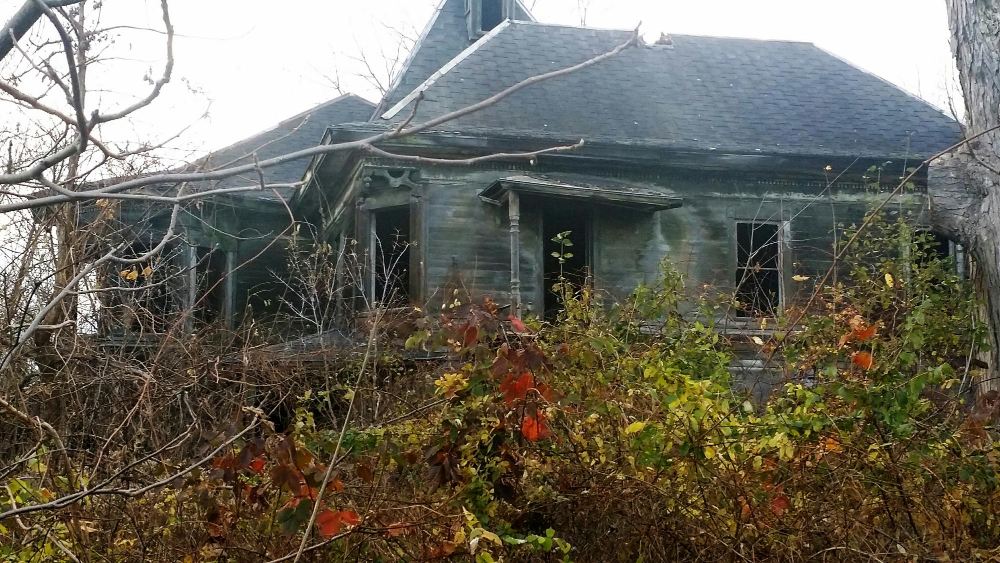The Vacant Residential Land Tax (VRLT) is an initiative by the State Revenue Office (SRO) of Victoria aimed at encouraging the efficient use of residential land. Introduced in 2018, this tax applies to certain residential properties that remain unoccupied for more than six months in a calendar year. Significant changes and extensions to the VRLT framework are set to take effect in the coming years, making it crucial for property owners to stay informed.
Key Changes Effective 1 January 2025
Starting 1 January 2025, several new considerations will come into play:
- Residential Land Outside Inner and Middle Melbourne:
- Residential land in outer Melbourne and regional Victoria with a residence that was under construction, renovation, or deemed uninhabitable as of 31 December 2023 will not be regarded as vacant until 31 December 2025. These properties may attract VRLT from the 2026 tax year onward. More details.
- Unimproved Residential Land in Metropolitan Melbourne:
- Unimproved residential land that has remained undeveloped for at least five years and is capable of residential development may attract VRLT starting 1 January 2026. Further guidelines on what constitutes unimproved land will be released soon. Learn more.
Current Framework (2018–2024)
The VRLT applies to:
- Where: Residential land in inner and middle Melbourne that was vacant in the preceding calendar year. Council areas affected include Banyule, Bayside, Boroondara, Darebin, Glen Eira, Hobsons Bay, Manningham, Maribyrnong, Melbourne, Monash, Moonee Valley, Merri-bek (formerly Moreland), Port Phillip, Stonnington, Whitehorse, and Yarra. Check council areas.
- How Much: The tax rate is set at 1% of the capital improved value (CIV) of taxable land. For example, if a vacant property’s CIV is $500,000, the VRLT would be $5,000 annually. Tax calculation details.
What Constitutes ‘Vacant’ Land?
- Land with an Existing Home:
- Considered vacant if, for more than six months in the preceding calendar year, it was not occupied by the owner or a permitted occupant as their principal place of residence (PPR) or rented under a bona fide lease or short-term letting arrangement. Listing the property for rent is insufficient; it must be actively occupied.
- Casual or intermittent use by friends or family does not qualify as occupancy.
- Land with a Home Under Construction or Renovation or Deemed Uninhabitable:
- Vacant if the property has been under construction or renovation for over two years since the building permit was issued and remains incomplete.
- Vacant if the residence has been uninhabitable for two years or more.
The Commissioner of State Revenue may grant an extension in cases of acceptable delays in completing construction, renovation, or making the property habitable. Guidelines on exemptions.
Future Considerations for Properties Under Development
From 2026 onward, properties undergoing significant renovations or construction will not be considered vacant for up to two years from the date the relevant building permit was issued. Similarly, uninhabitable residences will be exempt for up to two years. A residence will generally be considered uninhabitable if substantial work is required to make it suitable for residential use. More information.
Exemptions
- Properties that are exempt from land tax are also exempt from VRLT.
- Specific VRLT exemptions exist but do not necessarily exempt a property from land tax. Examples include properties under bona fide renovation or with holiday home status in certain areas. Details on exemptions.
How Cliquey Realty Can Assist
At Cliquey Realty, we specialise in helping property owners navigate complex tax regulations such as the VRLT. Our services include:
- Expert Guidance: Stay ahead of upcoming changes and understand how they affect your property.
- Tax Minimisation Strategies: Maximise exemptions and ensure compliance to avoid unnecessary liabilities.
- Compliance Support: We assist with VRLT reporting and documentation, ensuring accuracy and timeliness.
- Property Utilisation Planning: Develop strategies to ensure your property meets occupancy requirements or gains exemption status.
For tailored advice on managing your investment under the evolving VRLT framework, contact Cliquey Realty today. Stay compliant and make the most of your property investments.





